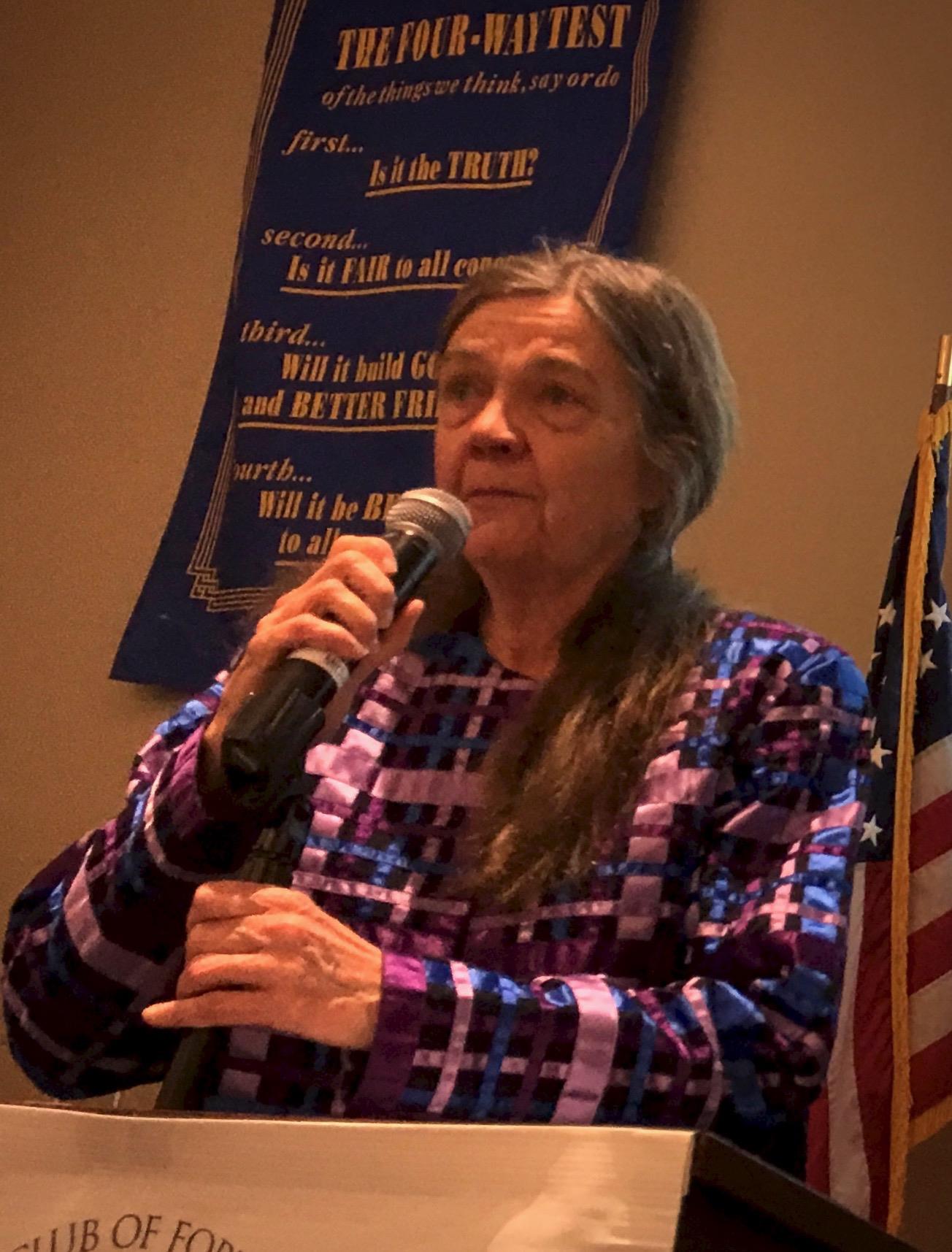 Last week, Professor (University of Colorado) and author Dr Patty Limerick shared her insights into the Bear Ears National Monument controversy which is now being debated through the US court system. The 1906 Antiquities Act gave a US president the power to create national monuments, but it is not clear whether the law grants Presidents the power to reduce. In 2016 President Barack Obama created this monument but a year later Donald Trump has attempted to dramatically (85%) reduce the size of Bears Ear.
Last week, Professor (University of Colorado) and author Dr Patty Limerick shared her insights into the Bear Ears National Monument controversy which is now being debated through the US court system. The 1906 Antiquities Act gave a US president the power to create national monuments, but it is not clear whether the law grants Presidents the power to reduce. In 2016 President Barack Obama created this monument but a year later Donald Trump has attempted to dramatically (85%) reduce the size of Bears Ear. Patty detailed for us the historical and cultural reasons why a simple "pro or con" stance on this issue is difficult. The historical perspective was described as "largely absent from the (current) public debate". Does the transition of large tracts of land from public or Native Americans to private ownership, or from private ownership to Federal ownership represent progress? How has our appreciation of the beauty of arid lands changed our value of such property (especially in the west)? Is the (unchallenged) presidential power to create (or change) national monuments desirable or appropriate? What is unique about this site?
In Utah (as well as other parts of this continent) we must consider the historical and cultural connection between land and Native American peoples and how it differed from the European settlers beliefs. Especially unique to Utah is the LDS influence. Brigham Young wrote of the importance of stewardship of the land. Early on, the church distributed land before the Federal government took on this role. The church practiced peaceful relationships with the Natives. In spite of more recent conflicts, the LDS church historically has been supportive of the Federal Government.
So often the history behind a current conflict has been forgotten; Dr Limerick helped us remember the value of understanding history in one of many present day debates.